
Performance Analysis
The Formula showed it has what it takes to offer some serious overclocking potential and sports the joint highest maximum vcore we've seen so far at 2.155V - useful if you'll be dishing out the liquid nitrogen. With less exotic cooling, we managed our Core i7-7700K CPU's maximum of 5GHz with a vcore of 1.34V - a good result. Even better was the vcore required for 4.8GHz - a more usable 24/7 setting. Here, just 1.21V was required.We've already run through Asus's ROG software and EFI, so take a look at our coverage here.
Click to enlarge
We also hooked up the integrated water block to a water-cooling loop to see what difference it made. Unfortunately, we couldn't see more than a couple of degrees difference under full load, with the air-cooled temperature sitting at 38°C, falling to 36°C using water-cooling. This was using an infrared thermometer - the motherboard temperature reported in the EFI and software moved even less.
Click to enlarge
This does raise the question of just how useful the water block is in anything other than long periods of extreme loads - even after 20 minutes of looped Prime95 and Unigine Valley, the air-cooled heatsink portion was more than up to the task. However, it's more about that warm, fuzzy feeling you get that you're dealing with a known hot spot and getting that heat out of your case via your water-cooling system.
Click to enlarge
Performance-wise, the Formula was able to top a number of the graphs, most likely due to a polished BIOS, but it also offered the best dynamic range in our audio tests of any Realtek-based board we've tested so far, with solid efforts in the THD and noise level tests too.
It was also the first board to top 1,800MB/sec in the M.2 read test too, although only on the vertical port - the internal port was a little slower, which could just be down to the SATA port we used as this has had small impacts on other boards we've tested too. It could also be due to cooler temperatures of the external port, but the difference was only 30 or 40MB/sec.
Click to enlarge
Conclusion
There are a few niggles to start proceedings here in the conclusion. We do feel certain aspects of the design of the Formula - perhaps the plastic shroud - are a little dated. It looks very similar to its predecessor, and it would be nice to see some innovation here. It was also a shame not to see a more elaborate M.2 SSD setup - the lack of any additional cooling and the horrid vertically mounted port mean that if you want to RAID two M.2 SSDs then another board such as the MSI Z270 XPower Gaming Titanium, which has three M.2 ports flat on the PCB, would be a better option, or perhaps a PCI-E M.2 adaptor card. Given how high-end and premium the Formula is, this is exactly the product we'd want to see introduce unique features like these.The plus sides outweigh the negatives, though. You get excellent audio, an integrated water block, flashy lighting, more overclocking and testing tools than you can shake a stick at, Wi-Fi, and a whole host of unique features that ultimately add up to making the Formula worth the extra cash over the likes of the Hero. The latter doesn't have Wi-Fi, a nifty I/O shield, or integrated water block and looks decidedly skinny out of the box compared to the Formula. The price difference is around £100, but ultimately that's worth paying if you have the cash and want those features.
One alternative is to kit the cheaper Hero out with a water-cooling monoblock - EKWB has one in the works, which will probably have even more pizazz over the integrated block on the Formula too. The point with the Formula, though, is that everything you need is included in the box to create an awesome water-cooled PC - Gigabyte's similar offerings cost more and the next step up in the ROG range - the Extreme, costs a lot more. It might demand a large chunk of your wallet, but if you want a motherboard that's water-cooling ready and tops the charts in most of our tests, you won't be disappointed with the Formula.
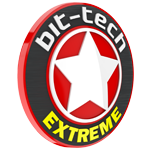

MSI MPG Velox 100R Chassis Review
October 14 2021 | 15:04


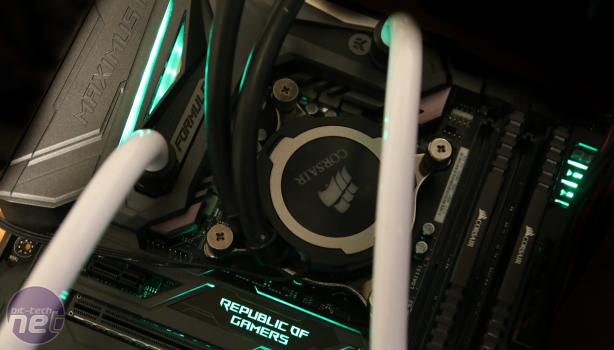
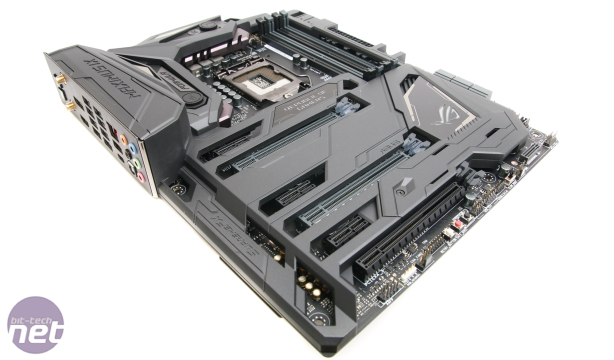
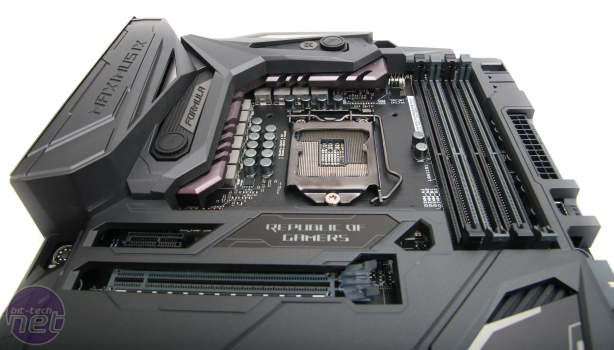
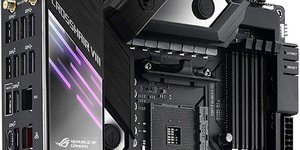
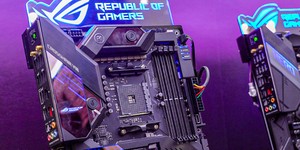
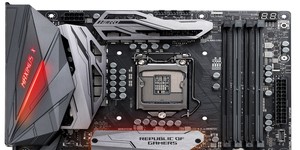




Want to comment? Please log in.